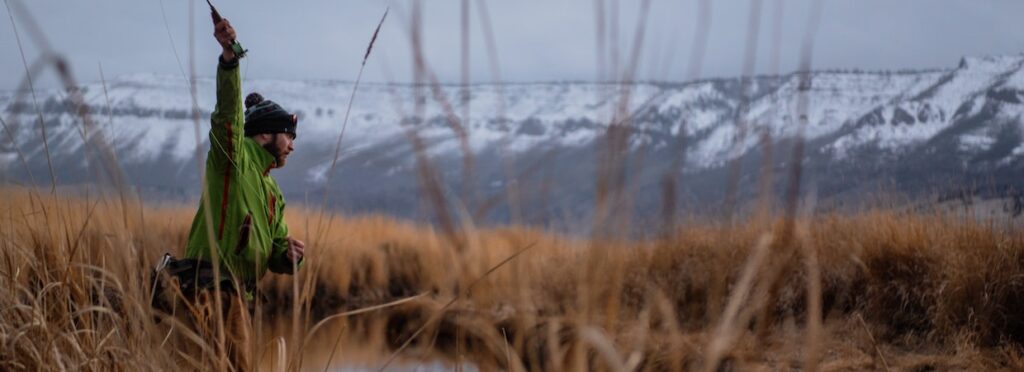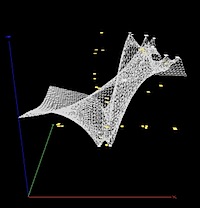Menu

A longer than normal title to this post (from Martin Luther King) should not be seen as a modern-day version of Plato’s cave. In this latest post of sidecasting, I want to pick up on the final three categories from the table I published yesterday. I’m still calling it sidecasting by the way, although the lobby for widecasting is increasing so you have an opinion let me know. As the series is coming to an end I also decided it was appropriate for the picture to change a little, next time or more likely the time after we land the fish.
So returning to my extension of Dreborg’s comparison of forecasting and backcasting. In my last post (and I am assuming the content of that) I handled the philosophical and perspective differences between the three approaches. I should emphasis that I see them as complementary, not as competing. I am trying to place them in context. Just as the Cynefin framework seeks to place different and contradictory techniques into context through its five domains, so we should realise that the philosophical views and perspectives determine the applicability of the approaches, methods, and techniques that I will address today.
 Critically we need to do things: (i) map the dominant dispositions (hollows in the attached landscape which come from SenseMaker®) and determine their stability, while (ii) paying attention to outliers (the dots in the landscape). In general strong hollows indicate a high degree of consensus so we have to test for coherence to determine if they are authentic or not. Outliers may be coherence (again we have to test) but by definition, they lack consensus so convincing people they are a realistic threat or opportunity will be difficult. Readers may want to reference this post which introduced the concept of balancing coherence and consensus to achieve authenticity, something I explored further in subsequent posts.
Critically we need to do things: (i) map the dominant dispositions (hollows in the attached landscape which come from SenseMaker®) and determine their stability, while (ii) paying attention to outliers (the dots in the landscape). In general strong hollows indicate a high degree of consensus so we have to test for coherence to determine if they are authentic or not. Outliers may be coherence (again we have to test) but by definition, they lack consensus so convincing people they are a realistic threat or opportunity will be difficult. Readers may want to reference this post which introduced the concept of balancing coherence and consensus to achieve authenticity, something I explored further in subsequent posts.So comparisons out of the way, in my next and hopefully penultimate post on this subject I will go through the various methods referenced here indicating how they match the philosophy. In the final post, I will show a workflow for using these ideas in sidecasting and draw conclusions.
Thank by the way for the email, tweets, and other references on this series – its obviously struck a chord. I will take a break from it for a couple of days, however.
Banner picture by McKayla Crump on Unsplash
Cognitive Edge Ltd. & Cognitive Edge Pte. trading as The Cynefin Company and The Cynefin Centre.
© COPYRIGHT 2024

The response to 'sidecasting' (in contrast with forecasting and backcasting) as a name was generally ...
Its been a long week in Singapore with client meetings and strategy sessions linked to ...